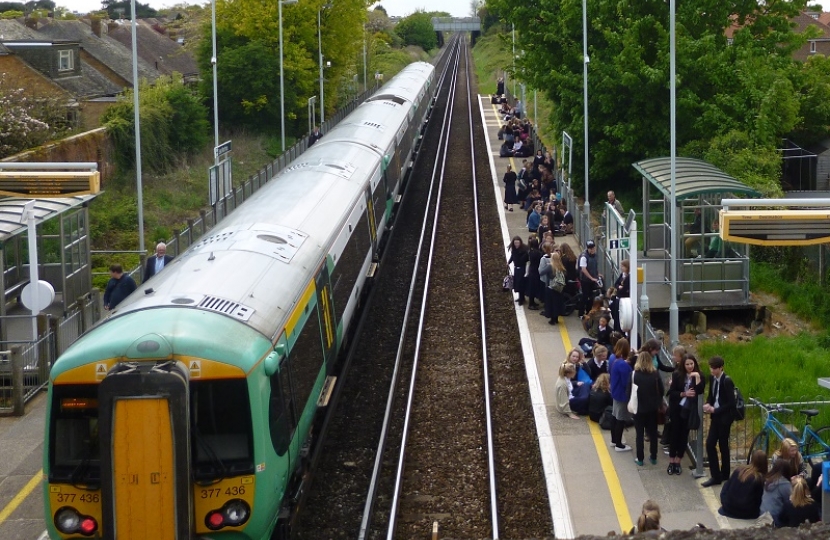
Network Rail has announced details of a major project to improve reliability and performance for passengers on the Brighton Main Line. This programme of work has been discussed with Govia Thameslink Railway (GTR) who support the need for it being undertaken and our plans for carrying it out.
The project is a key part of a £300m Department for Transport-funded asset resilience programme announced in January 2017 to tackle delay hotspots and boost the reliability of the railway in the south east. It was a key recommendation of Chris Gibb’s report into Southern rail performance; it will reduce delays and provide a better, more reliable rail service to the 300,000 passengers who travel on the Brighton Main Line each day.
From Saturday 20 to Sunday 28 October 2018 and from Saturday 16 to Sunday 24 February 2019, no trains will run between Three Bridges and Brighton or between Three Bridges and Lewes. The unprecedented access provided by these planned closures will allow Network Rail engineers to renew and upgrade a stretch of railway that is responsible for more delays to passengers than any other section in the south east of England.
The improvement work will focus on four Victorian-era tunnels – Balcombe, Clayton, Patcham and Haywards Heath – and the railway which runs through them. A major programme to stem leaks into the tunnels and provide reliable drainage away from the tracks will take place, while the track, third rail power system and signalling will all be replaced or upgraded. Elsewhere, track will be renewed, sets of points, which enable trains to switch between tracks, will be replaced and fencing and other security will be improved to deter trespassers. Without this programme of work, reliability on the Brighton Main Line will deteriorate in the months and years ahead, leading to more delays for passengers travelling between London and the south coast.
The closures have been carefully planned for school half-terms, when passenger numbers are lower and some people may be able to be more flexible with their travel plans or take holiday. Passengers wishing to travel on these dates will need to allow considerably more time for their journeys and should expect to use either diverted trains via longer routes or a replacement bus or coach to connect with rail services.
A range of alternative approaches have been explored but all would have resulted in more disruption for passengers over a much longer period. They would have also resulted in the works being more expensive to complete, reducing the money available to complete other essential projects.
For example, one alternative option required 84 weekend closures of the Brighton Main Line over two years. Clearly, that is not acceptable to passengers or the region’s economy – but neither is doing nothing. This would result in the infrastructure becoming more and more unreliable, with major unplanned disruption as result of infrastructure failure increasingly likely.
GTR is working closely with us planning the alternative travel and ticketing arrangements that will be in place during these works, and there will be ongoing liaison with stakeholders and passenger groups as the plans develop.
